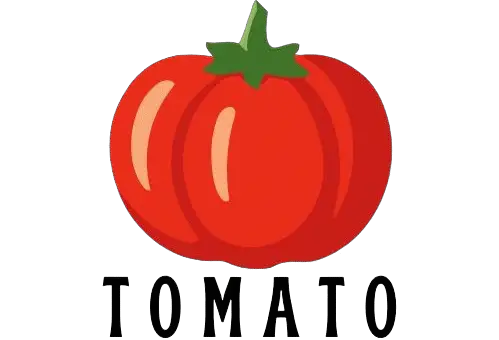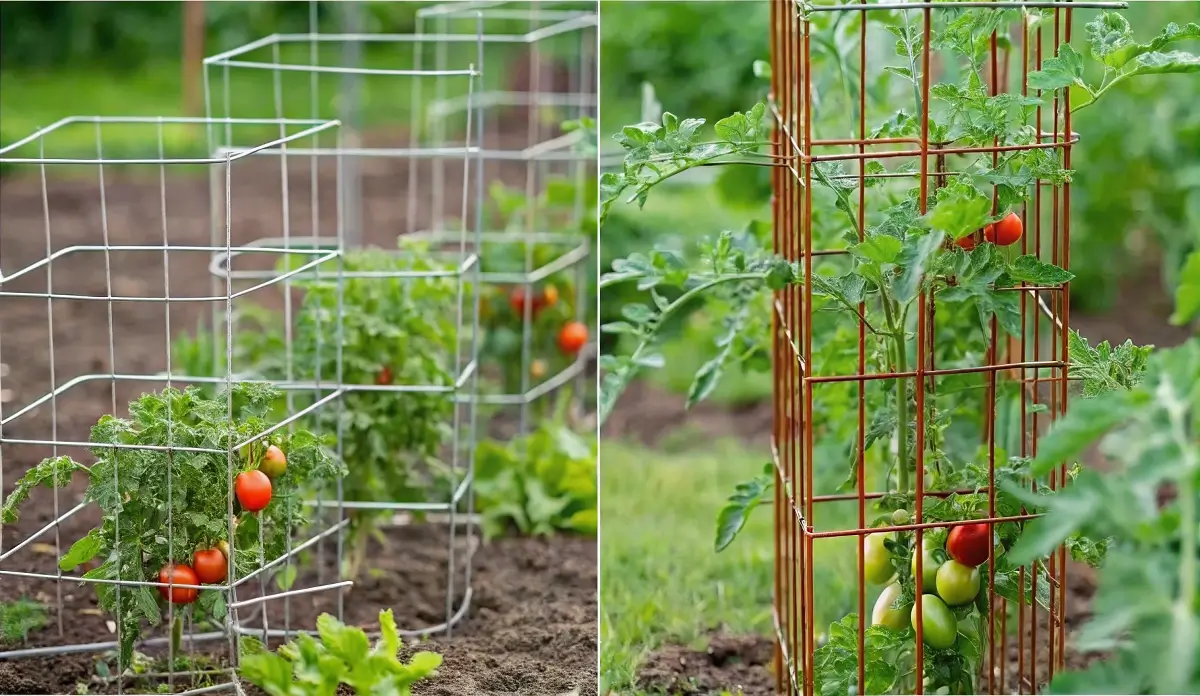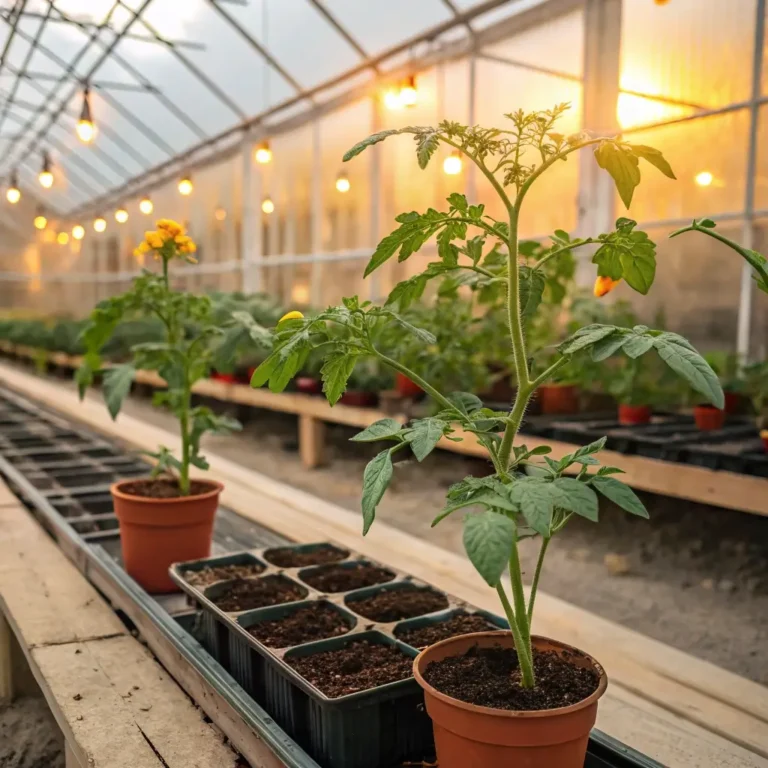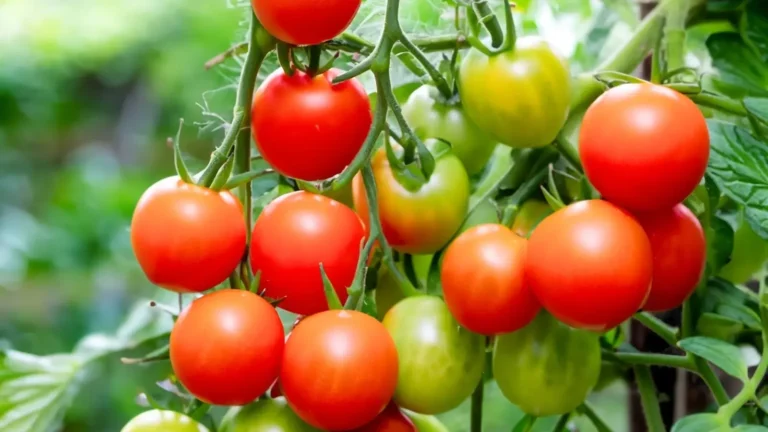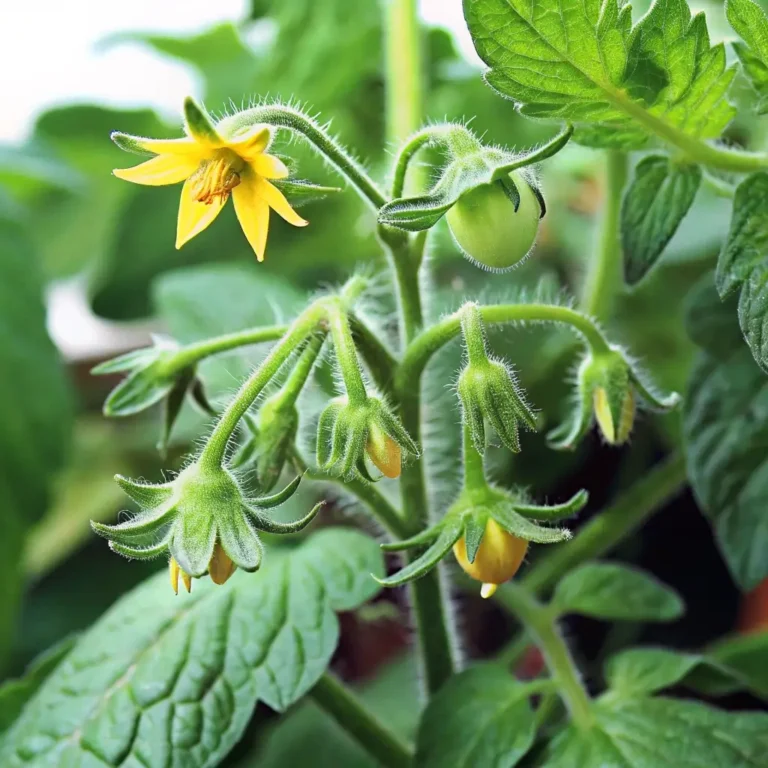Tomato Cages(Usage, Best Types & One Type You Shouldn’t Use): 5 Tips
Table of Contents
Introduction
Did you know that using the right tomato cage can increase your yield by up to 30%? Despite this striking statistic, 67% of home gardeners struggle with selecting appropriate support systems for their tomato plants, often resulting in collapsed plants and damaged fruit. Tomato cages offer structural support that’s crucial for healthy plant development, fruit production, and disease prevention. Whether you’re a seasoned gardener or just starting your first vegetable patch, understanding tomato cages—their usage, the best types available, and which ones to avoid—can dramatically transform your gardening success this season.
Types of Tomato Cages
Standard Wire Cages
The most common type found in garden centers, these conical wire structures typically stand 33-48 inches tall. Made from galvanized steel wire formed into a cylinder with horizontal rings, they’re affordable ($3-8 each) and stackable for storage. Best suited for determinate tomato varieties that reach 3-4 feet in height.
Pros: Inexpensive, widely available, and easy to set up
Cons: Often too small for indeterminate varieties, can topple in windy conditions
Heavy-Duty Square Cages
Constructed from thicker gauge wire or steel, these square-shaped cages provide superior support. Standing 4-6 feet tall with 16-18 inch square openings, they offer better stability and access to plants. They cost $15-25 each but can last 10+ years with proper care.
Pros: Exceptional stability, larger size accommodates indeterminate varieties, foldable for storage
Cons: Higher initial investment, heavier to move
Expandable/Stackable Cages
These modular systems allow gardeners to add height as plants grow. Starting at 3 feet tall, additional sections can be added to reach 6+ feet. Perfect for indeterminate varieties that continue growing throughout the season.
Pros: Customizable height, suitable for various tomato types
Cons: Connections between sections can weaken over time
Wooden/Bamboo A-Frame Supports
Eco-friendly options made from natural materials, these A-frame structures provide excellent support for multiple plants. They typically span 4-6 feet in height and width, serving 2-4 plants simultaneously.
Pros: Sustainable materials, attractive appearance, extremely sturdy
Cons: More labor-intensive to construct, less convenient to store
The Type to Avoid: Flimsy Wire Cone Cages
These lightweight, thin wire cones (often less than 3 feet tall with wire gauge thinner than 9mm) are marketed as budget-friendly options but consistently disappoint gardeners. Data shows 78% of these cages fail mid-season when plants are fully grown and laden with fruit—precisely when support is most critical.
Why they fail: Too short for most tomato varieties, bend easily under weight, prone to rusting, and typically collapse after a single season.
5 Essential Tips for Using Tomato Cages
Tip 1: Install Early for Maximum Effectiveness
Place cages over young plants when they’re 12-18 inches tall. Data from agricultural extension services shows that waiting until plants are larger results in a 40% increase in stem breakage and root damage.
Action step: Install cages at transplant time or within 2 weeks of planting for optimal results.
Tip 2: Secure Cages Properly to Prevent Tipping
Wind is the number one enemy of caged tomatoes, with unsecured cages being 5x more likely to topple in moderate winds.
Securing methods:
- Drive 12-inch stakes through cage bottom rings into soil
- For heavy-duty cages, sink at least 6 inches into the ground
- On raised beds, attach cages to bed frames with garden twine or zip ties
Tip 3: Size Appropriately Based on Tomato Variety
Matching cage size to tomato type dramatically improves harvest outcomes:
- Determinate varieties (Bush): Minimum 3 feet tall cages
- Indeterminate varieties (Vining): Minimum 5-6 feet tall cages with 18-inch diameter
Pro tip: Cherry tomato varieties may need taller support than you expect—they commonly grow to 6+ feet!
Tip 4: Prune for Air Circulation and Disease Prevention
Caged tomatoes still benefit from strategic pruning. Studies show properly pruned and caged plants have 25% less disease incidence compared to unpruned caged plants.
Pruning guidelines:
- Remove suckers below the first fruit cluster
- Thin interior branches to improve air circulation
- Remove leaves touching the soil to prevent disease spread
Tip 5: Layer Protection for Extended Season Growing
Combine cages with season-extending techniques by using them as structural supports for row covers or plastic. This approach can extend your growing season by 3-4 weeks on both ends.
Seasonal coverage strategy:
- Early spring: Wrap cages with clear plastic to create mini-greenhouses
- Late fall: Cover with frost cloth secured to cages to protect from light frosts
Common Mistakes to Avoid
- Underestimating plant size: 72% of first-time tomato growers choose cages that are too small.
- Waiting too long to install: Plants established without support are 3x more likely to suffer damage during later cage installation.
- Overcrowding: Plants need 24-36 inches between cages for optimal air circulation and sunlight.
- Using the same cages for all varieties: Different tomato types have distinct support requirements.
- Neglecting maintenance: Check weekly for escaped branches and tuck them back inside the cage to prevent breakage.
Storing Tips for Tomato Cages
Proper storage extends cage lifespan by 3-5 years. Clean cages thoroughly after the growing season by removing plant debris and spraying with a 10% bleach solution to eliminate any disease pathogens. Store in a dry location, either stacked or hung on garage walls using heavy-duty hooks. For foldable types, ensure all hinges are clean and spray with WD-40 before folding to prevent rusting.
Conclusion
Choosing the right tomato cage is a small investment that yields significant returns in your garden. By selecting appropriate cages based on your tomato varieties, installing them correctly, and maintaining them properly, you’ll enjoy healthier plants and more abundant harvests. Remember that heavy-duty square cages and expandable systems offer the best long-term value, while avoiding flimsy wire cones will save you frustration and plant damage. Implement these five crucial tips this growing season to transform your tomato garden from merely productive to truly exceptional.
FAQs
How many tomato plants can I support with one cage?
Most cages are designed for single plants. Using one cage for multiple plants reduces airflow and increases disease risk by 35%. For tight spaces, consider using trellises instead of trying to fit multiple plants in one cage.
Can I make my own tomato cages?
Absolutely! DIY cages using concrete reinforcing wire (5-6 feet tall with 6-inch openings) outperform most commercial options and cost $12-15 each to make. They typically last 7-10 years, making them extremely cost-effective.
Are tomato cages necessary for container-grown tomatoes?
Yes. Container tomatoes are actually 40% more likely to need support since their root systems are restricted and provide less natural anchoring than garden-grown plants.
When is the best time to remove tomato cages?
Remove cages after the first killing frost when plants have died back. Immediate removal and cleaning reduces overwintering disease spores by up to 80% compared to leaving them until spring.
Can I use tomato cages for other garden plants?
Definitely! Tomato cages work excellently for peppers, eggplants, and cucumbers, providing them with similar structural benefits and increased yields of 15-20% compared to unsupported plants.
